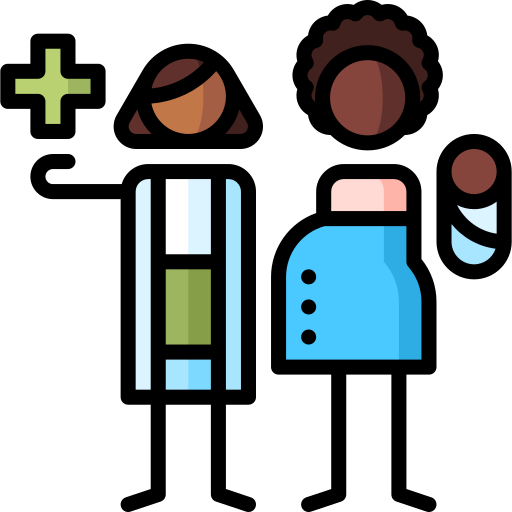By Yusur Al-Salman, Redefining Traditional Project Lead
Redefining Traditional aims to unsettle the meaning of traditional student experiences to including non-mainstream experiences postsecondary student experience, specifically that of student-caregivers and student-parents. Throughout our journey, the small insights and anecdotes that we came across slowly began to sketch the multiple layers that of student-parent experiences and how intersections such as race, gender, disability, sexual orientation, and legal status impact access to resources within and outside of postsecondary education institutions.

In this blog post, I want to reflect on one of the many issues that stood out to me, which is the fragmented and insufficiently addressed experiences of international student-parents. International student-parents may go through many challenges as other student-parents, but they experience additional institutional barriers to healthcare, to financial support and to social support. For this blog, I will focus on healthcare access for international student-parents.
Navigating Healthcare Services

When I landed in Canada in 2020, I did not imagine that accessing a family doctor would not be straightforward. I am used to accessing specialist help directly, and navigating concerns through a family doctor whose referral is necessary My partner is Canadian, and like many millennials, does not have a family doctor and has instead relied on walk-in clinics.
One surprising fact I came across is that most family doctors reach capacity within 3-6 months after graduation. So, when bearing international students in mind, who come with their family members they care for, it becomes a little trickier because not every doctor accepts University Health Insurance Plan, or UHIP, which international students are provided with in Ontario.

The first time I realized the difficulty of healthcare for non-resident parents and international student parents was through social media platforms. Later, a friend of mine was discussing her plans to have a child in during her studies in Canada, but she’s confused as to what supports are available to her during pregnancy and motherhood as an international student. We discussed how difficult it is to access a family doctor when you own an Ontario Health Insurance Plan, and how it’s even harder with UHIP as it is in her case. Added to that, she must weigh in the likelihood of not having her family’s social and emotional support after delivery and the costs of childcare, and how would that impact the trajectory of her degree and future academic career.
Different Provincial Experiences

As I looked up healthcare access for student-parents in other provinces, I was surprised by the lack of comprehensive health plans for international students and their dependents, especially given that they constitute a large segment of the student body across all provinces. For instance, in Quebec, there is no equivalent for UHIP, rather each university devises its own health plan for (international) students, or they must purchase their own. Some international students in Quebec may have access to RAMQ, Quebec’s provincial Health Insurance Plan, but only if they are citizens of a signatory country (11 total) that has a social security agreement with Quebec. The children of international students and temporary workers, on the other hand, have only recently been included in the RAMQ, specifically in September 2021.
Learning to Ask for Help
Making healthcare appointments for ourselves is one marker of universal adulthood and independence. It is one of the first steps we take to self-advocacy and look after our needs. This experience is elevated when we are the very parents that we relied on for responding to our health needs. It is a little more daunting for international students who may have unclear instructions to access an unfamiliar healthcare system. It is daunting to start mapping the fragmented healthcare resources and trying to understand how to use them to support your family, so here’s a couple of tips on where to start

- Start with either your university’s Health and Wellness services, Family Care Office, or the closest thing to such services. They both offer services that can accommodate the needs of international student-parents, and they can guide you to additional services you do not know about.
- Look around within your social and academic circles to check if there is a health provider accepting UHIP (or the insurance you are using). You will be surprised at how much elusive information you can catch – about other’s experiences with healthcare system and about sudden openings at family doctors who accept patients with UHIP- through discussion forums and groups.
Takeaway Thoughts
Regardless of where you are, accessing healthcare as international students begins with self-advocacy and a lot of research. There are several supports within the university which you support you as you navigate healthcare system, but don’t shy away from seeking help from other international student-parents, because their lived experience can offer valuable tips and particular insights that are not always accessible or known.
0 comments on “Spring Reflections I – Healthcare Access for International Student-Parents”